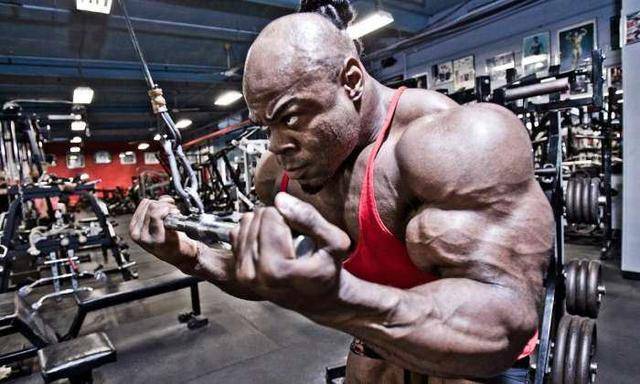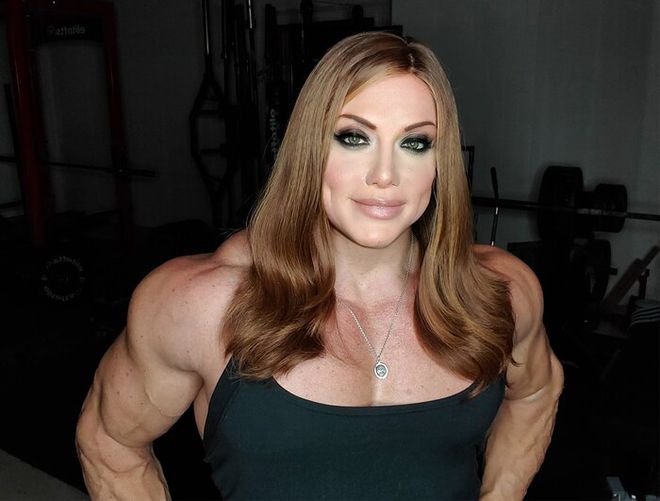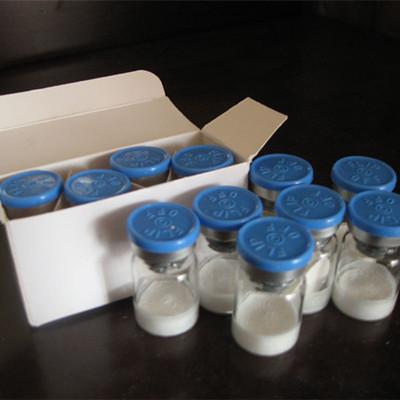Why is HCG used after steroids?
HCG (human chorionic gonadotropin) is sometimes referred to as the “pregnancy hormone” because it plays an important role in the maintenance of pregnancy, and it is the level of HCG in the urine or blood that is checked to determine whether a pregnancy test is positive or negative.
HCG injections are also approved by the U.S. Food and Drug Administration (FDA) for the treatment of specific medical conditions in both women and men.
In women, HCG is FDA-approved to help treat infertility; in men, HCG is FDA-approved to treat a form of hypogonadism (the body’s inability to adequately stimulate the gonads to produce the sex hormone testosterone)
In men, doctors use HCG to combat the symptoms of hypogonadism, such as lack of testosterone (blood levels below 300 ng/dL) or low testosterone and infertility, and it helps users increase testosterone, sperm production, and thus reduce infertility.
For the bodybuilding community, the main purpose of its use is to maintain, increase or restore proper endogenous testosterone.
During PCT, HCG is best used in conjunction with other testosterone production stimulating compounds, and the practice of using HCG alone as the sole hormone restorer at the end of the cycle is an outdated, pre-1990 practice.
Since the use of anabolic steroids by bodybuilders in the 1960s, 1970s, and 1980s, the understanding of HCG and all other drugs has greatly improved.
In fact, from the 1960s through the mid-1980s, most anabolic steroid users didn’t even use any compounds for endogenous hormone restoration, and PCT didn’t even exist at the time.
When HCG use became more popular (around 1980), it was the only compound used.
Since then, medical and scientific understanding of these things has begun to grow exponentially, and there is no reason for any informed and properly educated individual to use HCG on their own to achieve PCT.

HCG has been abused by some members of the public for weight loss purposes, which is actually very dangerous and can cause permanent damage to the Leydig cells of the testes.
HCG use has been shown to increase aromatase activity in the body by increasing the expression of testicular aromatase, the enzyme responsible for converting androgens to estrogens, and therefore HCG use results in an increase in estrogen levels in the body in addition to the stimulation of testosterone production.
Therefore, the use of aromatase inhibitors is essential during HCG use.
Medical HCG Dosage
HCG is approved for the treatment and restoration of hypogonadism within medical facilities, where the prescription regimen involves several different treatments:
– Short-term 6-week HCG treatment
– Long-term treatment for up to one year
– Patient-tailored programs discussed between patient and physician (individual dependent)
The medical prescription HCG dose is recommended to be 500-1000 IU/dose 3 times per week for 3 weeks, after which the HCG dose is reduced to twice per week.
For long-term treatment, a higher dose such as 4000 IU/dose given 3 times per week for 6-9 months is recommended.
After this period, the HCG dose is reduced to 2000 IU/dose given 3 times a week for 3 months.

HCG dose when using steroids
Unlike steroid cycles, the use of HCG cannot be categorized into the commonly understood initial, intermediate, and high tertiary users because HCG is an adjunctive medication that is not intended to enhance performance, but rather to maintain, increase, or restore proper endogenous testosterone production.
The use of HCG during a steroid cycle must be done only under very specific conditions and circumstances, and the reader must clearly understand the following:
HCG should not be used automatically during a steroid cycle unless the cycle is extremely long in length (12 weeks or more) and/or the individual is prone to very rapid and very severe HPTA suppression/shutdown.
HCG is not required to maintain testicular function during the steroid week unless the individual exhibits very difficult recovery of endogenous testosterone production post-cycle.
If the steroid cycle is short (8 to 10 weeks), testicular atrophy (if it does occur) will not remain very long enough to make it difficult to restore testicular function.
If an individual has a longer cycle length (12 weeks or more), weekly doses of HCG may be required during the cycle due to the extended period of testicular atrophy.
In excessively long cycles, testicular atrophy can lead to greater difficulty in hormone recovery during PCT due to desensitization to gonadotropins.
In order to maintain testicular function during the steroid cycles, a dose of 250-500 IU 1-2 times per week (with each injection evenly spaced) should be implemented if necessary, and the dose for this use should never exceed 500 IU.
HCG Dosing to Increase Endogenous Testosterone Production and PCT
Using HCG alone during PCT is a very bad idea for restoring endogenous testosterone production.
HCG is a synthetic luteinizing hormone and with LH working on a negative feedback loop just like any other hormone in the body, the body suppresses or shuts down lowering its own endogenous hormone production when the HPTA detects an excessive exogenous hormone source.
Thus, as many bodybuilders did prior to the 1990s, the use of HCG alone for endogenous hormone recovery during PCT can actually be counterproductive.
While it may work for some, most people who do this end up finding that the problem has gotten worse than when they were trying to fix it.
Ideal use of HCG should be for the first 1-2 weeks of PCT, with other medications at other times of PCT, and the total length of PCT is usually 4-6 weeks.

The best combination for concomitant partnering with HCG during PCT is Nolvadex, which has been shown to have a significant synergistic effect in stimulating endogenous testosterone production, and to block the desensitization of testicular Leydig cells induced by high doses of HCG.
In addition, HCG use will increase testicular aromatase expression due to the estrogenic side effects resulting from HCG use.
Therefore, the combination of HCG and Nolvadex must also be used with an aromatase inhibitor (AI).
However, the most effective option for use in combination with Nolvadex and HCG is Aromasin (exemestane) because studies have shown that when the other two AIs (letrozole or anastrozole) are used in combination with Nolvadex, Nolvadex decreases their plasma concentrations.
Therefore, to attenuate the increase in aromatase activity induced by HCG administration, the best choice of aromatase inhibitor is Aromasin.
Finally, the dose of HCG aimed at restoring endogenous hormones during PCT is 500 IU/day for 1 to 2 weeks.
The high dose, intensive use of HCG only occurs in the first few weeks after the steroid cycle has ended, in order to provide the body with an initial “jolt” of testosterone output after the steroid cycle has ended, as prolonged testicular atrophy may have occurred during this period.
Women and HCG
HCG is not required for women on steroids except for medical purposes in infertile women to promote ovulation, a purpose that is not useful in most cases.
Side effects and use of HCG
The following side effects are most common in men who use HCG:
Male Female Breast Disease
Pain, redness and swelling at the injection site
stomach pain
Nausea
Vomiting
In rare cases, people who use HCG will develop blood clots; individually, allergic reactions can also occur, including mild rashes and severe allergic reactions.
It should not be used in men with prostate cancer, certain brain cancers, or uncontrolled thyroid disease.
HCG is produced by hamster ovary cells and should not be used by people who are allergic to hamster proteins, and if you are on a steroid cycle without medical supervision, it is recommended that you consult with a doctor before using HCG.
